Countries that the Great Depression hit the hardest
The Great Depression, a global economic downturn that began in 1929, left no corner of the world untouched. It stemmed from the United States but swiftly spread, crippling economies across continents. This economic maelstrom saw unprecedented unemployment rates and a collapse of international trade. As banks failed, and industries faltered, governments grappled with the crisis, leading to significant political and social upheavals. Its repercussions influenced global policies and economic strategies for decades.
The United States: Epicenter of Economic Turmoil

The United States was at the heart of the Great Depression, where it all began with the infamous stock market crash in October 1929. Unemployment soared to around 25% by 1933, leaving nearly one in four Americans jobless. Industries collapsed, and banks failed, wiping out countless life savings. The New Deal, introduced by President Franklin D. Roosevelt, aimed to counteract the economic devastation with initiatives for recovery and reform, eventually laying the groundwork for modern economic policy.
Germany: A Precursor to Political Change

In Germany, the Great Depression added fuel to an already volatile political climate. Unemployment rates skyrocketed, reaching nearly 30% in 1932, exacerbating public discontent. These dire economic conditions significantly contributed to the rise of extremist political movements, including the Nazi Party, led by Adolf Hitler. The economic despair provided fertile ground for radical ideologies, ultimately altering the course of German history and leading to profound global ramifications.
The United Kingdom: Struggling with Industrial Decline
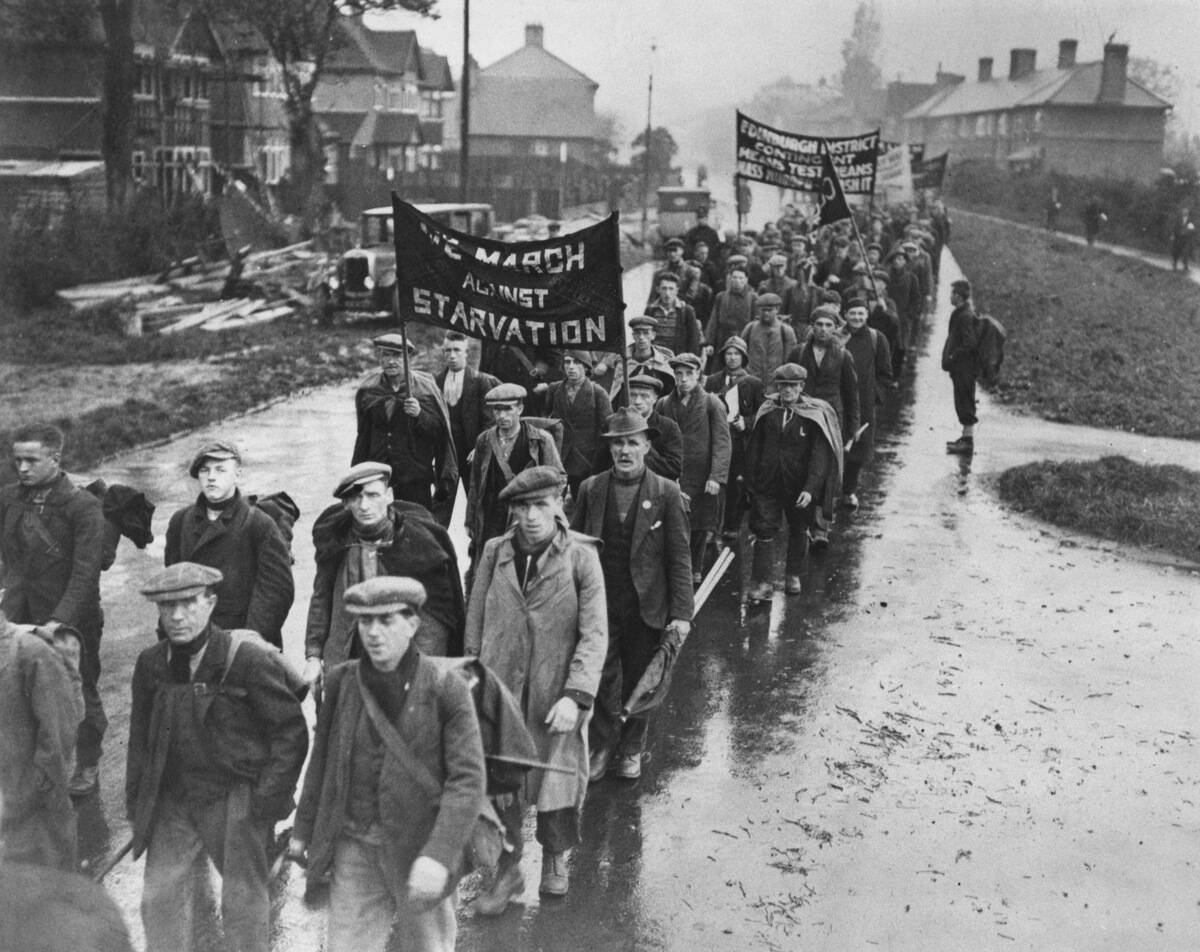
The United Kingdom faced severe industrial decline during the Great Depression, as traditional industries like coal, steel, and shipbuilding were hit hard. By 1932, unemployment reached almost 22% in some areas, particularly in the north and Wales. The government adopted austerity measures, which were unpopular and led to widespread protests. Despite these challenges, the UK eventually staged a recovery by devaluing the pound and boosting exports, setting a precedent for other nations.
France: A Nation Battling Economic Instability
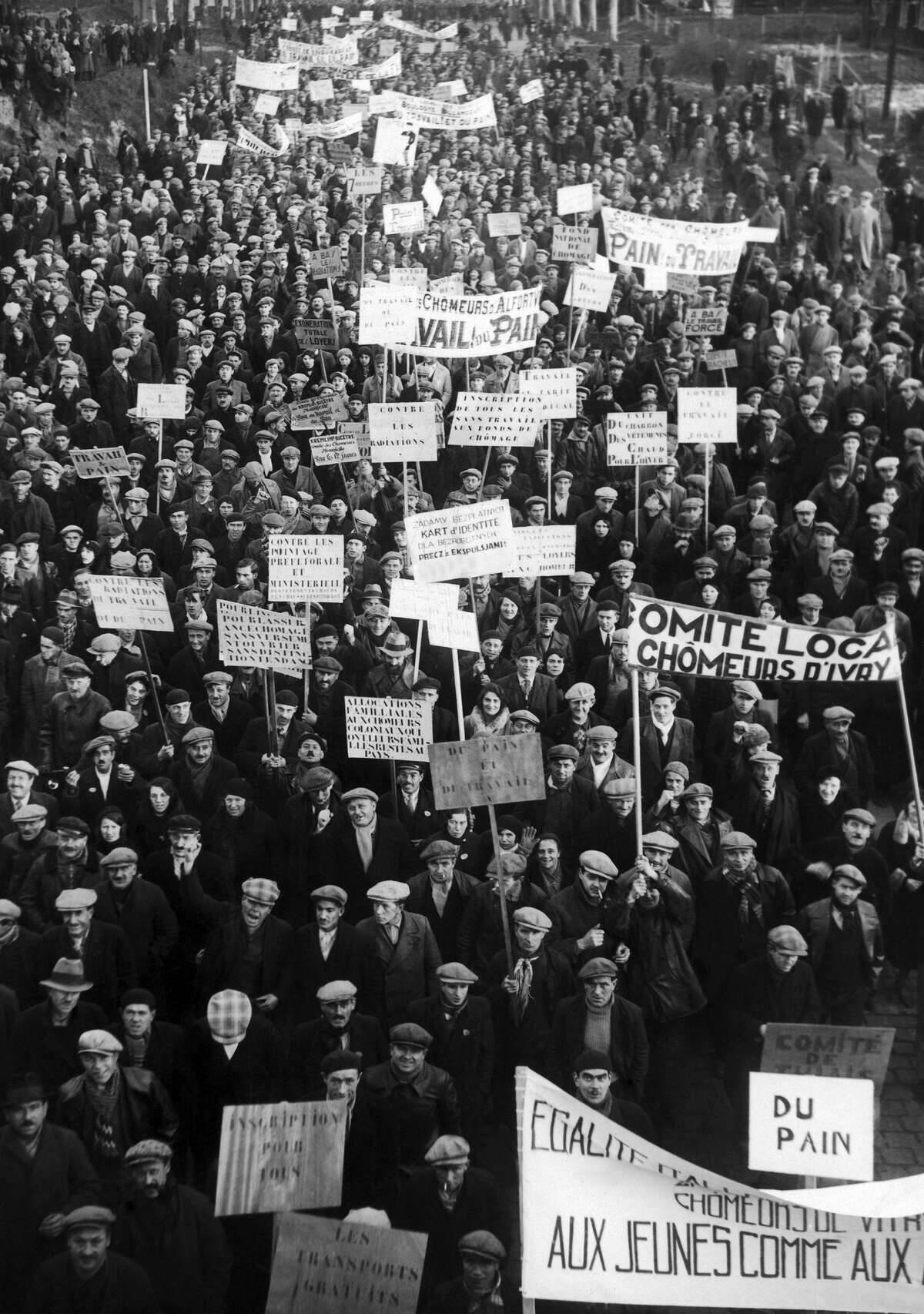
In France, the Great Depression led to a period of economic instability and political fragmentation. The nation experienced a significant drop in industrial production, with unemployment rising, although not as sharply as in other countries. The political scene was marked by rapid changes in government, contributing to a sense of uncertainty. Despite these challenges, France managed to avoid the extremism seen elsewhere, focusing instead on internal reforms and alliances to stabilize the economy.
Canada: A Tale of Dust Bowls and Economic Woes
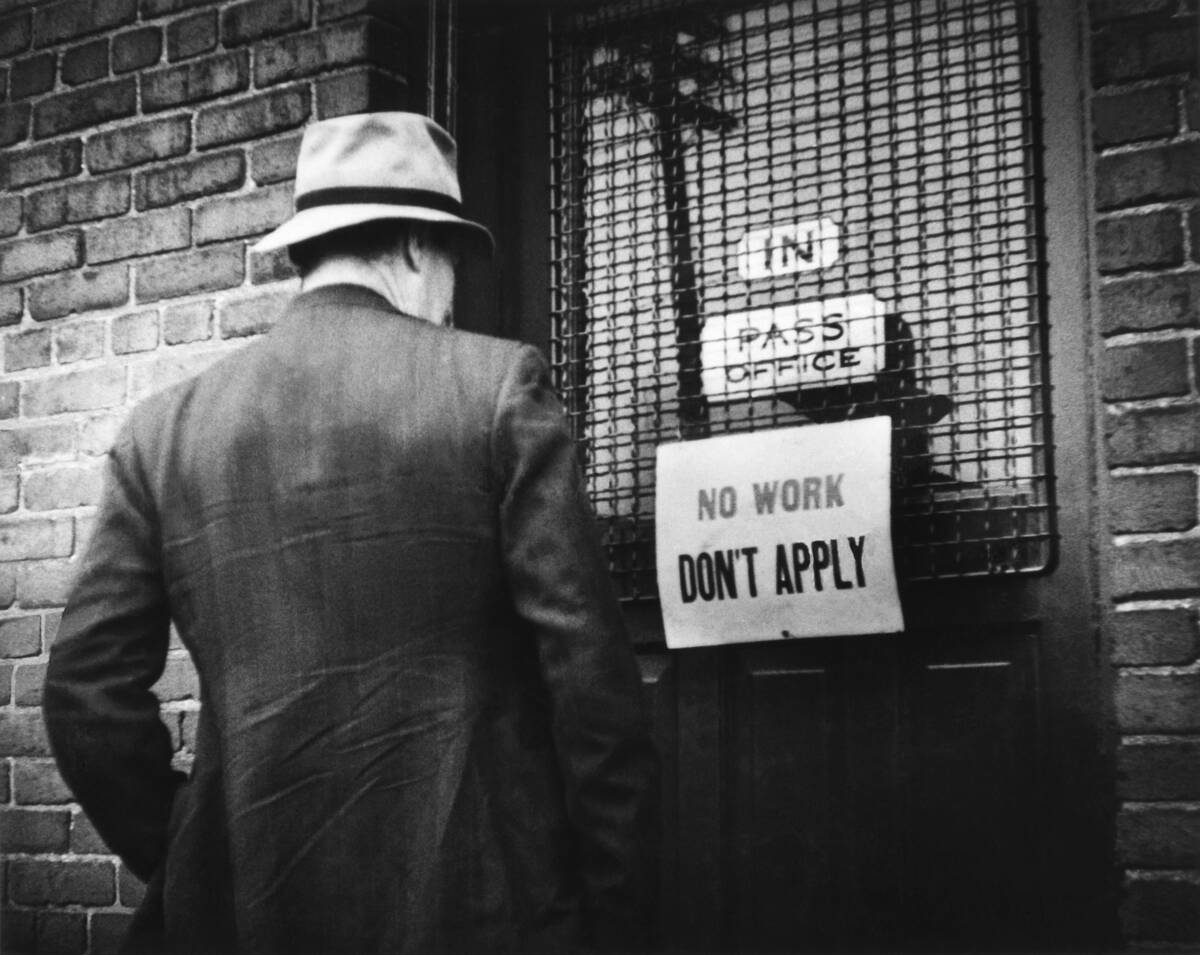
Canada was not immune to the Great Depression, as it faced both economic hardship and environmental disasters like the Dust Bowl. The Prairies suffered severe droughts, leading to crop failures and exacerbating rural poverty. Unemployment rates soared to around 27% by 1933, causing widespread distress. The Canadian government initially struggled to respond effectively, but eventually introduced relief programs and public works projects, which helped to mitigate some of the economic damage over time.
Australia: The Harsh Realities of the Economic Downturn

In Australia, the Great Depression led to widespread unemployment and social unrest. By 1932, the unemployment rate had reached a staggering 32%, severely impacting many families. The economic downturn was exacerbated by falling commodity prices, which hit the agricultural sector hard. The government of the time implemented austerity measures that were deeply unpopular, sparking protests and strikes. However, public works programs and financial reforms eventually paved the way for gradual recovery.
Japan: An Economic Crisis Leading to Military Expansion
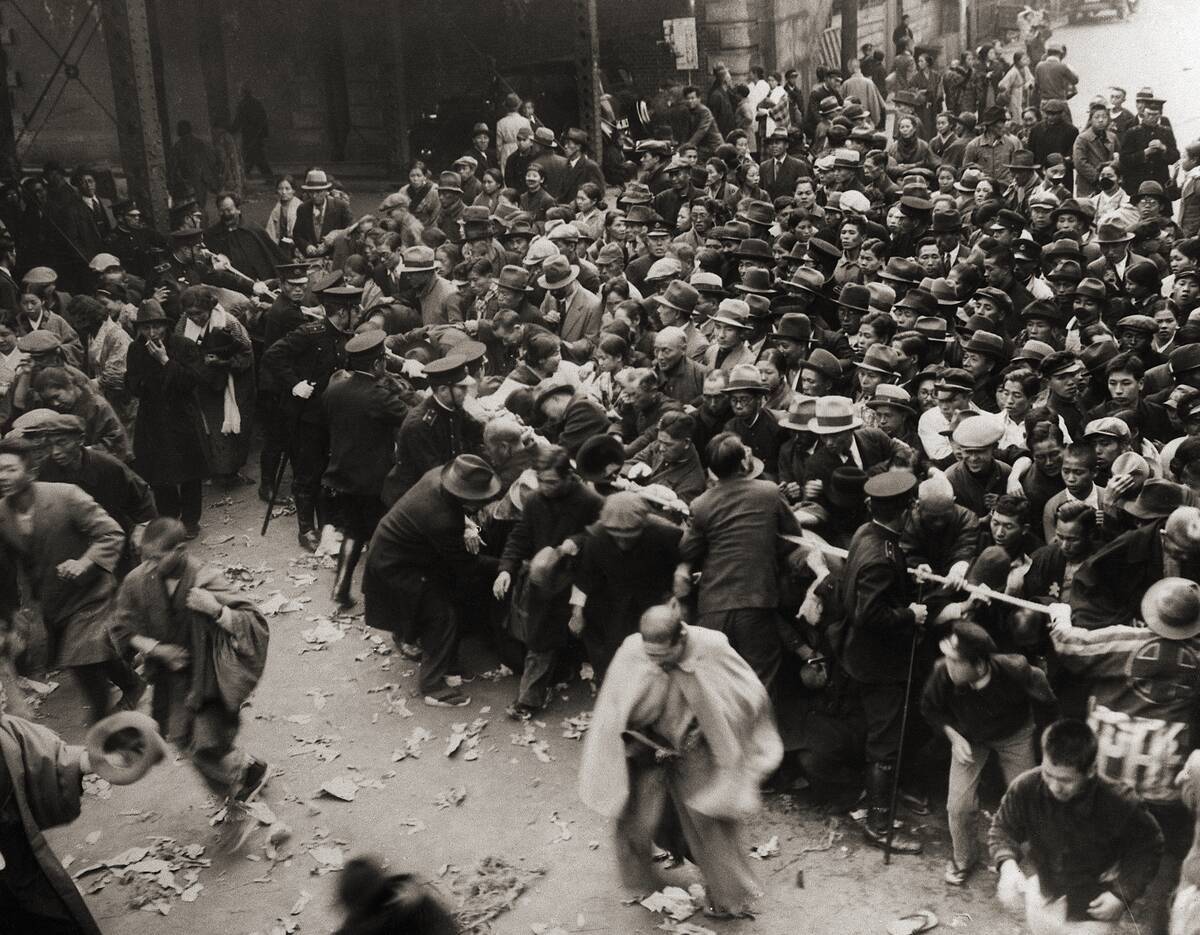
Japan faced a severe economic crisis during the Great Depression, leading to a shift towards militarization as a means of economic recovery. Exports plummeted, and unemployment rose, causing significant social distress. In response, Japan turned to military expansion to secure resources and markets, which laid the foundation for its aggressive foreign policy in the following years. This period marked a turning point, influencing Japan’s path towards World War II.
Argentina: Falling From Economic Grace
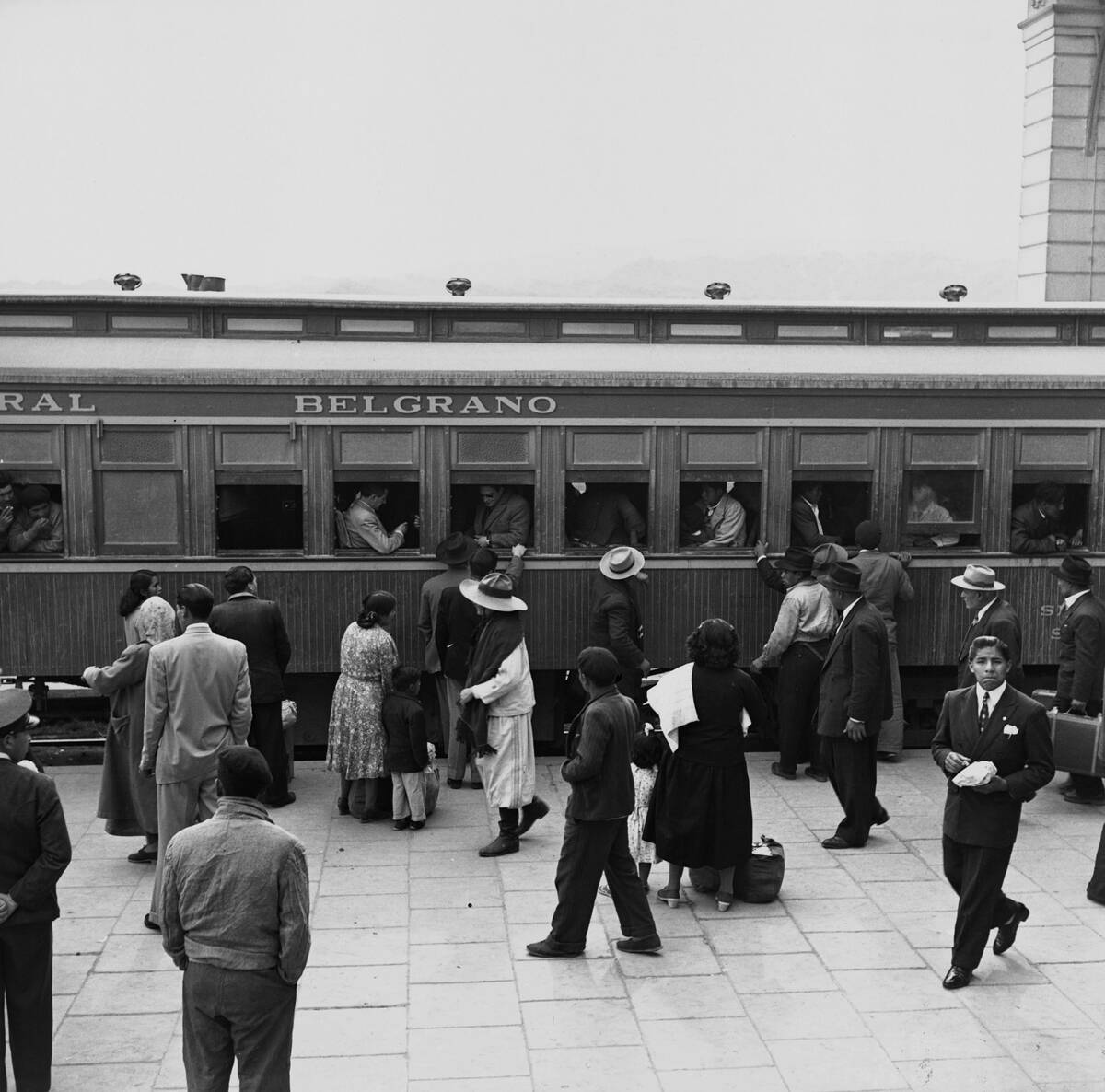
Before the Great Depression, Argentina was one of the world’s wealthiest nations. However, the economic downturn hit the country hard, causing a sharp decline in agricultural exports, which were the backbone of its economy. Unemployment and social unrest increased, leading to political instability. The government responded with protectionist policies and currency devaluation to stimulate the domestic economy, but recovery was slow and challenging.
Brazil: Coffee and Crisis
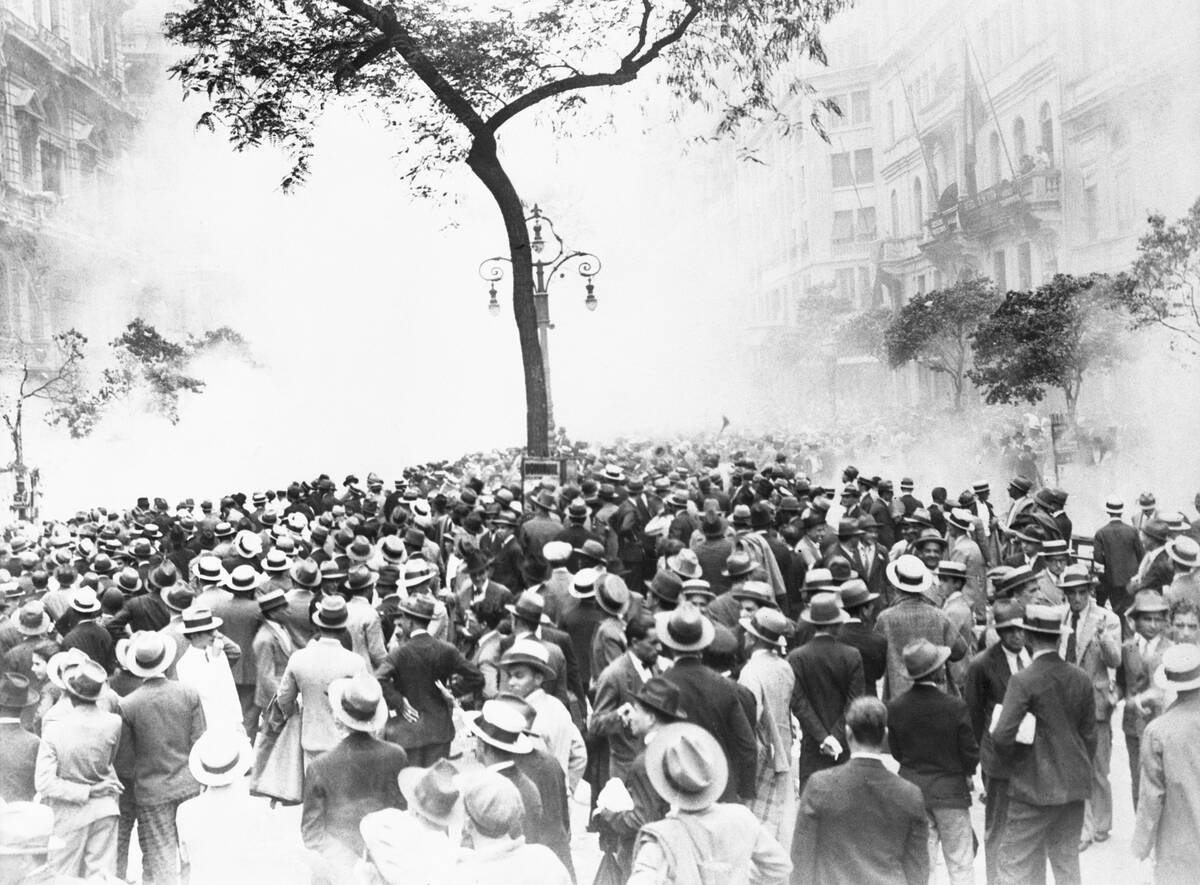
Brazil’s economy was heavily reliant on coffee exports, making it particularly vulnerable during the Great Depression. As global coffee prices plummeted, the Brazilian economy suffered deeply. The government resorted to drastic measures, such as burning excess coffee stocks to stabilize prices. This economic strain contributed to political upheaval and the eventual rise of Getúlio Vargas, whose policies focused on industrialization and economic diversification, reshaping Brazil’s economic landscape.
Italy: An Economy Under Siege
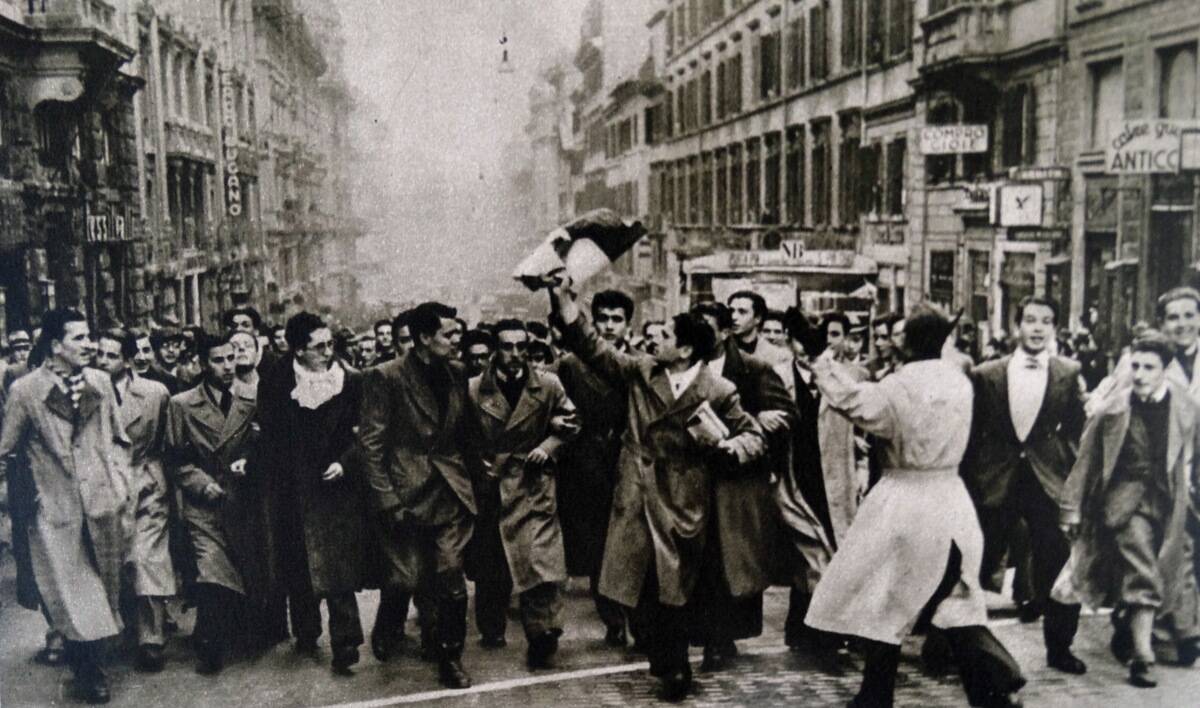
Italy’s economy was severely affected by the Great Depression, which compounded existing political and social tensions. The industrial sector experienced significant downturns, leading to high unemployment rates. The Fascist regime under Mussolini responded with public works projects and efforts to boost self-sufficiency, but the measures had mixed success. The economic struggles, coupled with Mussolini’s aggressive foreign policy, set the stage for Italy’s involvement in future conflicts.
Scandinavia: Weathering the Economic Storm
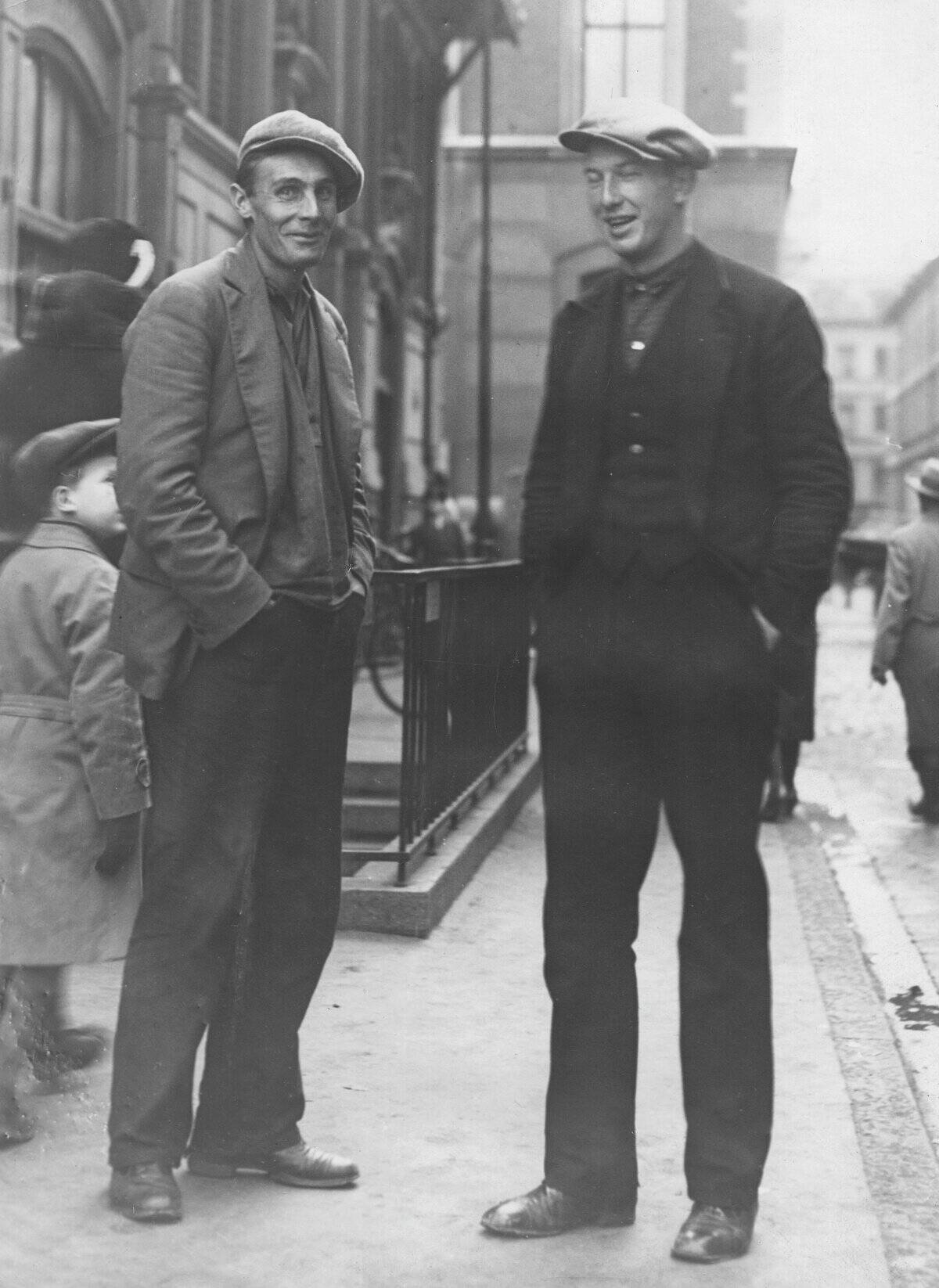
Scandinavian countries, including Sweden, Denmark, and Norway, faced their share of challenges during the Great Depression. However, they managed to weather the storm better than many others, thanks to robust welfare systems and cooperative labor-market policies. Unemployment did rise, but government intervention helped stabilize the economies. These nations implemented social welfare programs and economic reforms that not only addressed the immediate crisis but also laid the groundwork for future prosperity.
Poland: Grappling with Economic Hardship
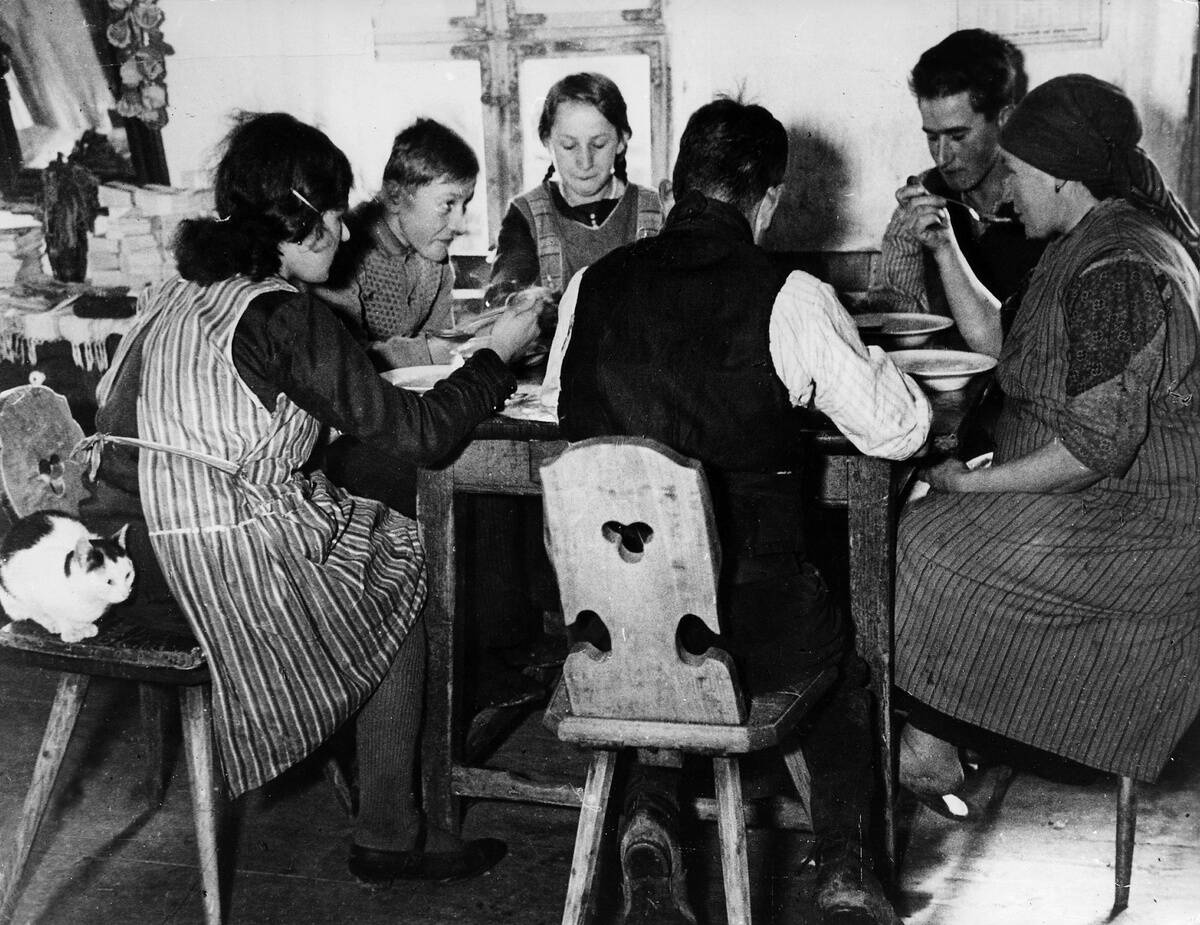
Poland faced significant economic hardship during the Great Depression, with industrial production and agricultural output both severely impacted. The country’s reliance on exports made it vulnerable to global market fluctuations, leading to high unemployment and social unrest. The Polish government implemented protectionist measures and sought foreign loans to stabilize the economy, but recovery was slow. This period of economic hardship contributed to political instability and tensions within the nation.
Belgium: Industry and Economic Challenges
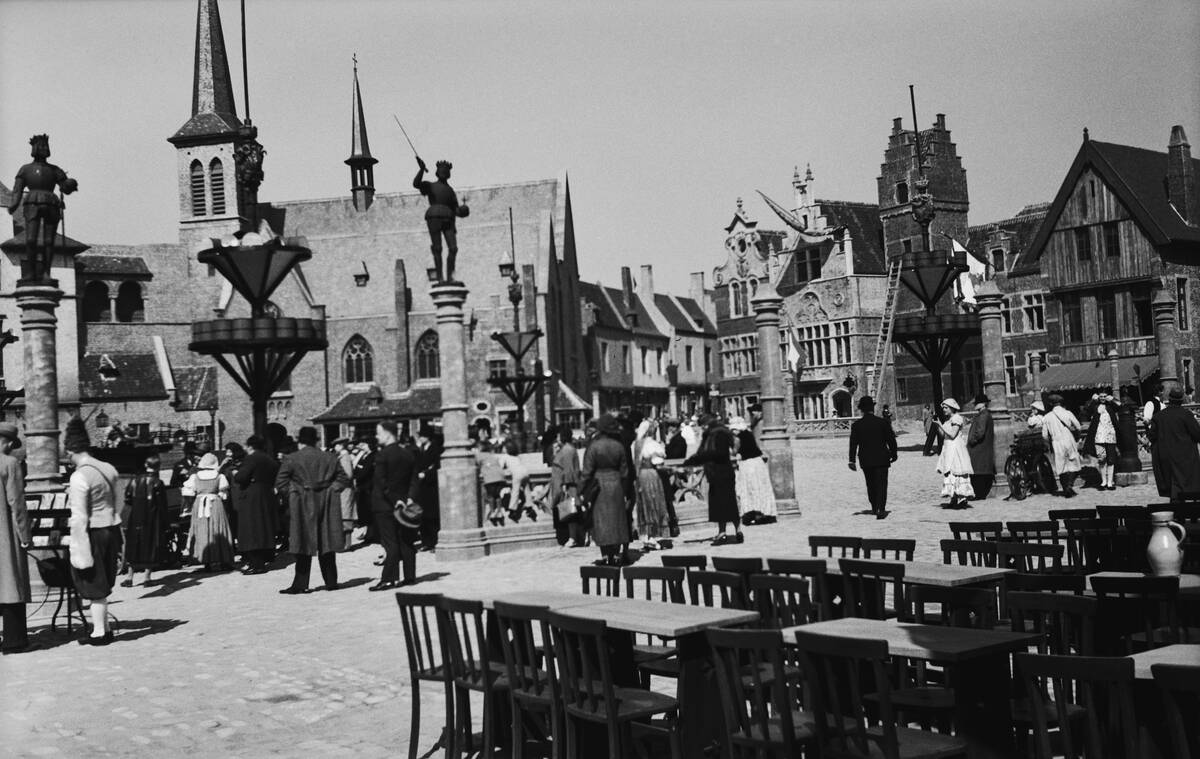
Belgium’s economy was heavily reliant on its industrial sector, which suffered greatly during the Great Depression. Steel and coal industries were particularly hit hard, leading to increased unemployment and social unrest. The Belgian government responded with public works programs and efforts to stabilize the banking sector. Despite these challenges, the nation managed to maintain relative political stability, which aided in its eventual economic recovery.
The Netherlands: Trade and Economic Struggles
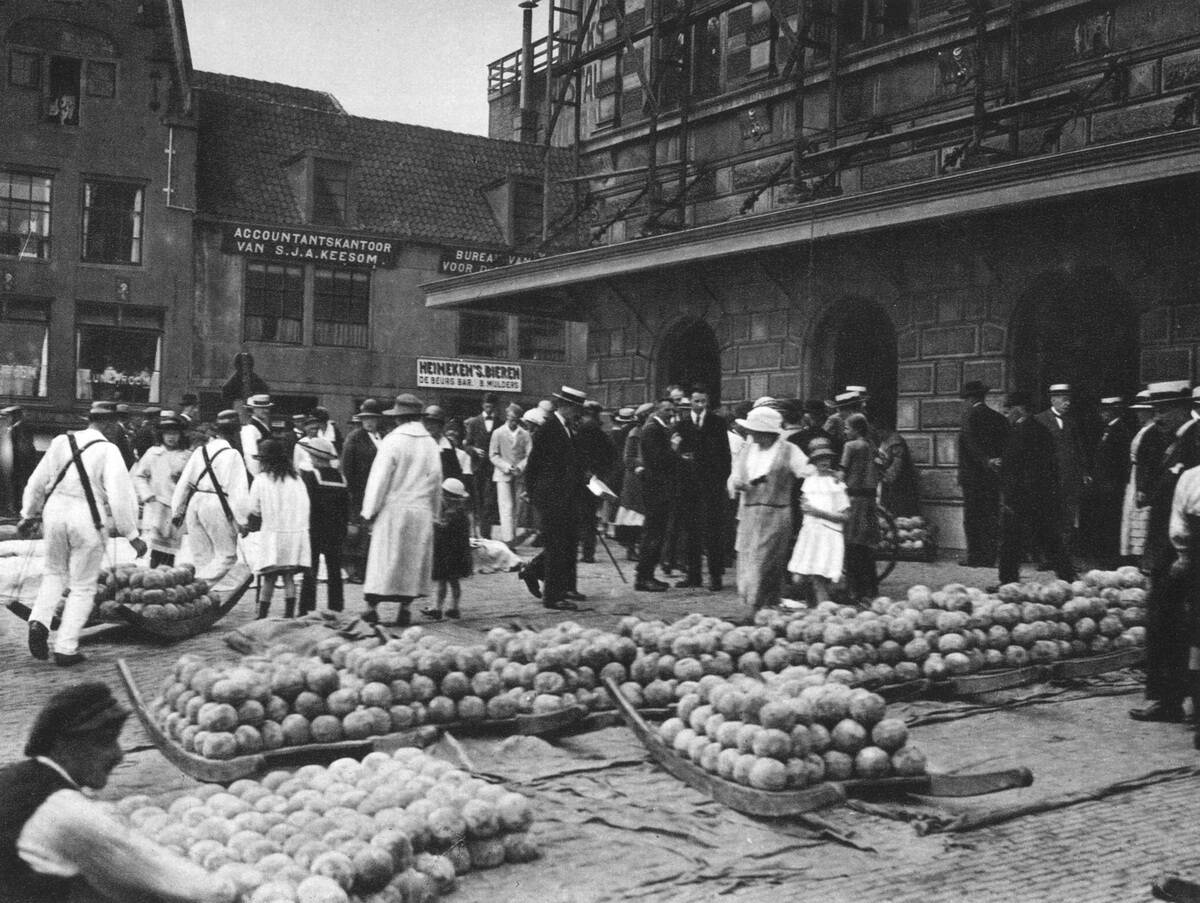
The Netherlands, with its strong trade links, was not spared from the impacts of the Great Depression. The downturn in global trade led to a sharp decline in exports, which heavily affected the Dutch economy. Unemployment rose, and economic output fell. The government introduced measures to support the economy, including devaluing the currency and promoting domestic industries. These actions eventually helped stabilize the economy, but recovery was a gradual process.
Spain: Political Instability Amid Economic Crisis
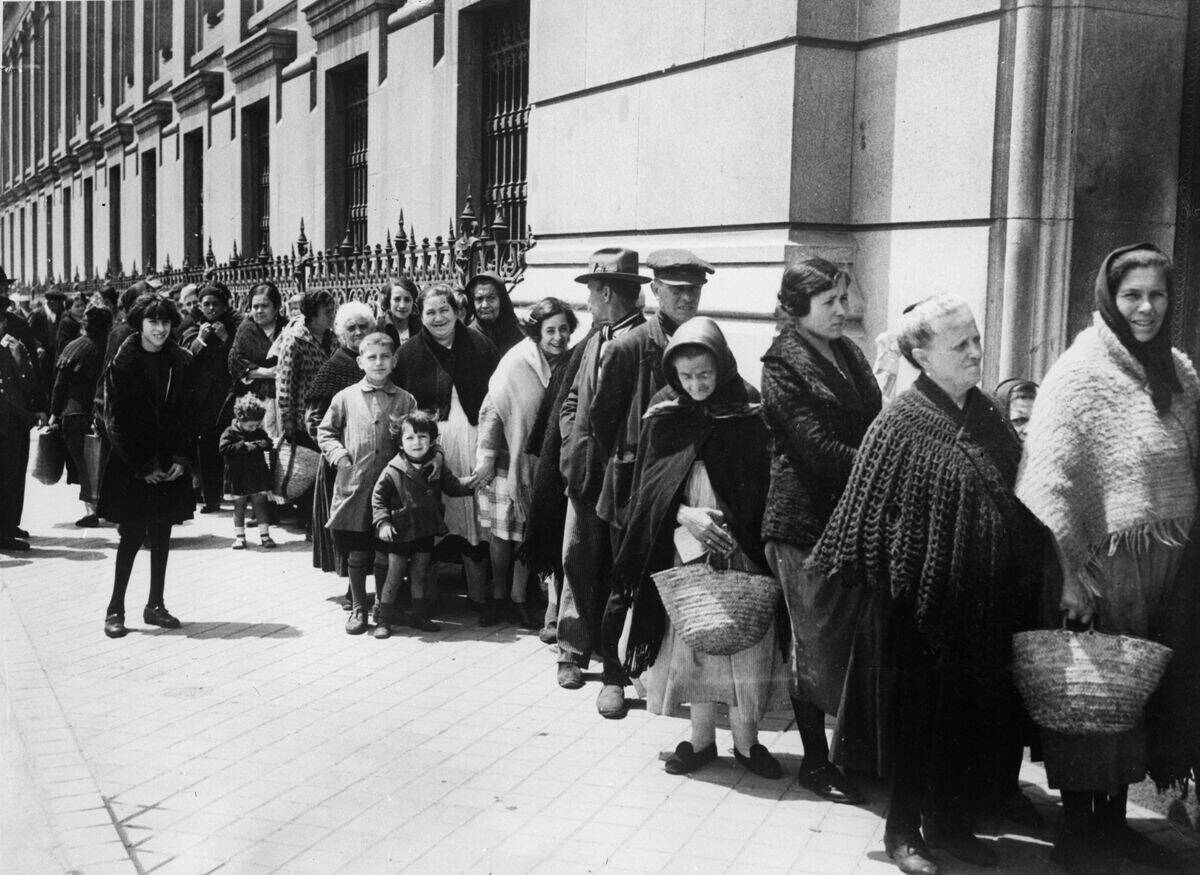
Spain faced a unique set of challenges during the Great Depression, marked by both economic struggles and political instability. The country was already dealing with internal conflicts when the global economic downturn exacerbated tensions. Unemployment rose sharply, and social unrest became more prevalent. The economic crisis contributed to the polarization of Spanish politics, eventually leading to the Spanish Civil War. This period was a turning point in Spanish history, with lasting impacts on its society and economy.



